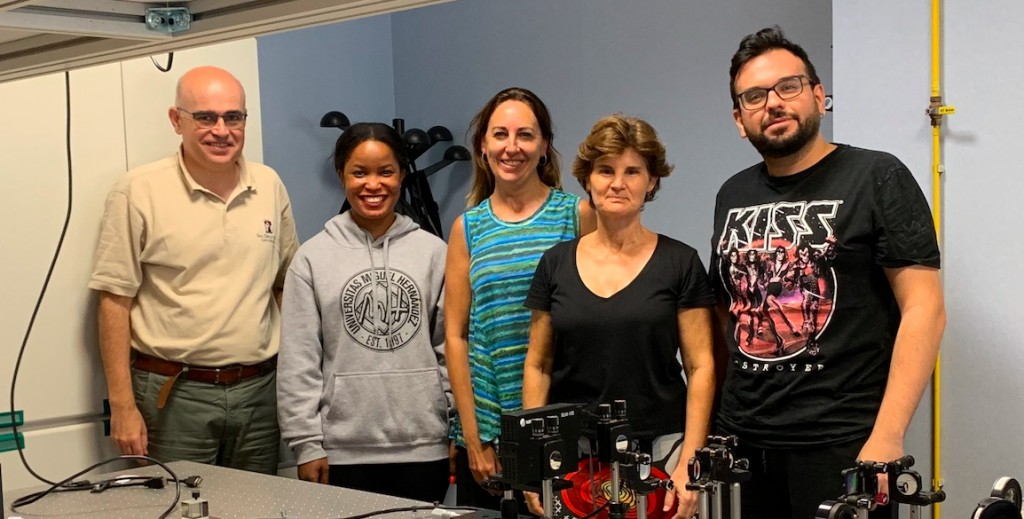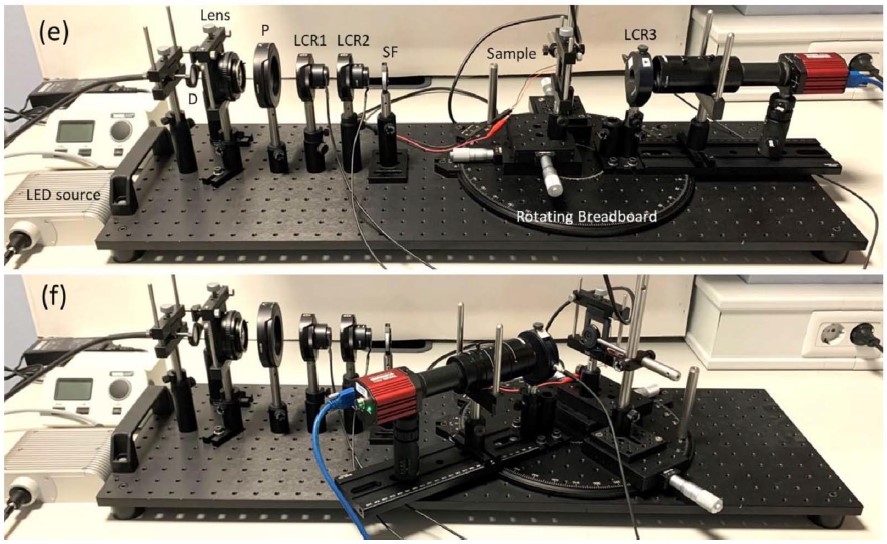TecnOPTO Home
 TecnOPTO (Grupo de Tecnologias Ópticas y Optoelectronicas) is the Group of Optics and Optoelectronic Technologies at University Miguel Hernández, in Elche, Spain.
TecnOPTO (Grupo de Tecnologias Ópticas y Optoelectronicas) is the Group of Optics and Optoelectronic Technologies at University Miguel Hernández, in Elche, Spain.
Our group develops different research lines, all within the field of Physical Optics and Optolectronics. We are located at the University Miguel Hernández, in the beautiful city of Elche, in Spain.
We enjoy doing research and working in projects with collaborators all over the world. We also enjoy teaching and involving our students in our projects.
 Our last paper entitled Mueller matrix imaging polarimeter with polarization camera self-calibration applied to structured light components is published at the Journal of European Optical Society – Rapid Publications (JEOS_RP). The paper is open access and available at PDF
Our last paper entitled Mueller matrix imaging polarimeter with polarization camera self-calibration applied to structured light components is published at the Journal of European Optical Society – Rapid Publications (JEOS_RP). The paper is open access and available at PDF
The work presents a complete Mueller matrix imaging polarimeter that uses three liquid-crystal retarders and a polarization camera. The polarimeter is characterized and optimized with a standard correction procedure here adapted to be performed fully in-situ, without any additional element, based on considering the polarization camera as the reference. The accuracy limit caused by the extinction ratio in the camera micro-polarizers is analyzed. Finally, the imaging polarimeter is tested experimentally by analyzing well-known samples for structured light applications such as patterned retarders, a patterned polarizer, and a liquid-crystal depolarizer. The work is presented in a tutorial style useful to reproduce the procedure by non-experts in polarimetry.
This paper is part of the PhD Thesis of Esther Nabadda, and it has been done in collaboration with our colleagues Asticio Vargas, from the Universidad de La Frontera in Chile, and Angel Lizana and Juan Campos from Universitat Autònoma de Barcelona.
